Paris Metro guide for tourists
Welcome to our comprehensive guide on “Paris Metro guide for tourists” an indispensable tool for any tourist eager to explore the city of love. With its 16 lines, 302 stations, and over 4 million daily passengers, the Paris Metro is the city’s heartbeat.
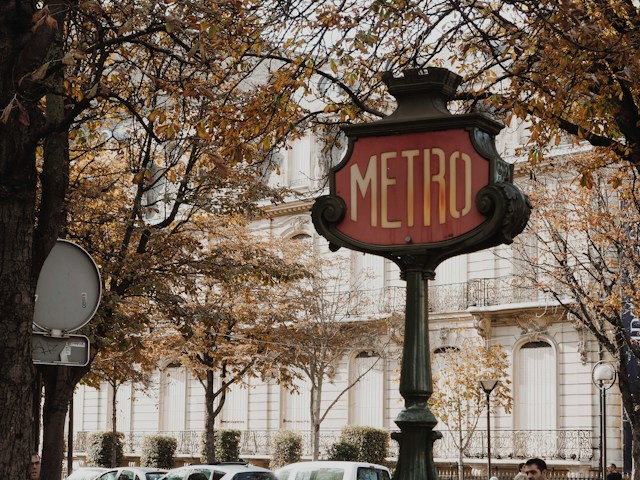
This guide aims to simplify your travel, providing helpful hints and tips to ensure you maximize your Paris experience. Let’s journey through the city’s veins, exploring the picturesque beauty, historic landmarks, and culinary delights that make Paris an unforgettable destination.
Introduction to the extensive Paris Metro system
Navigating the Paris Metro system might seem a bit daunting at first, but rest assured, it’s simpler than you think!
This extensive underground transit system, spreading like a spider-web under the city, is your key to unlocking the myriad secrets of Paris.
From the spiraling towers of Montmartre to the bustling markets of Belleville, the Metro will get you there swiftly and conveniently.
Now, as you begin to familiarize yourself with the Paris Metro, you’ll notice the color-coded lines on the Metro map.
Each color represents a different route, making it easy to identify your desired path. Additionally, the trains are frequent, so you’ll never have to wait too long at any station.
So, pack your bags, have your Metro map handy, and get ready to explore the enchanting city of Paris!
Metro Lines and Connectivity
Detailed exploration of major metro lines
The Paris Metro is more than just a transportation system consider it your personal tour guide, leading you to the city’s prominent sights and hidden gems. Let’s take a closer look at two of the most significant lines Line 1 and Line 6.
Line 1, distinguished by its yellow color on the Metro map, is arguably the most tourist-friendly. You will find yourself stopping at the Louvre Museum, Champs-Elysées, and La Defense, to name a few.
What’s more, the line runs through the heart of the city, offering you glimpses of Paris’s vibrant life from the comfort of your seat.
Line 6, shown in light green, takes you on a completely different journey. It crosses the Seine River multiple times, giving you a stunning view of the Eiffel Tower.
You also get to explore the local neighborhoods and the charm they hold. Don’t forget to hop off at Bercy Village, a quaint town-like shopping center with unique boutiques and cafes.
Interchange Stations and Key Connectivity Points
Navigating the Paris Metro is like a fun puzzle, and the interchange stations are its crucial pieces. These are the stations where you can effortlessly switch between different Metro lines, expanding your exploration options.
Take Châtelet Les Halles station, for instance. This bustling interchange is not just a hub that links several Metro lines, but it’s also one of the most significant shopping centers in Paris.
As you step off the train, you will find yourself surrounded by an array of shops and eateries, perfect for a quick snack or souvenir hunting.

In the second part of our journey, let’s talk about some more key connectivity points. Gare de Lyon is another prominent interchange station.
This station connects you to other exciting parts of Paris via various Metro lines. But don’t be in a hurry to leave! Gare de Lyon is also known for its impressive architecture and the iconic Le Train Bleu restaurant.
So, before you hop on to your next train, don’t miss the opportunity to explore this historical landmark.
Must-Visit Stops: Tourist Hotspots
Metro Stops Near Popular Tourist Attractions
The Paris Metro is your magic carpet ride to the city’s most beloved landmarks. For instance, you can hop off Line 1 at the Palais Royal Musée du Louvre station to step into the world of art and history at the Louvre Museum. Or, why not take the Line 4 to Cité station?
You’ll find yourself within the striking Gothic architecture of the Notre Dame Cathedral. Don’t forget to climb to the top for a panoramic view of the city that you will cherish forever.
For lovers of modern art, the George Pompidou Center is a must-visit. Get off at the Rambuteau station on Line 11, and this colorful cultural hub is just a short walk away.
The center is home to the largest modern art museum in Europe and offers stunning views of the city from its top floor.
And of course, no visit to Paris is complete without seeing the Eiffel Tower. Take Line 6 to Bir-Hakeim, and you’ll be at the foot of this iconic monument in no time.
Enjoy the city view from the top, or simply sit at a nearby café, sipping coffee while admiring the tower’s grandeur.
Convenience and Accessibility for Sightseeing
Navigating the Paris Metro for sightseeing purposes is a breeze, thanks to its strategic design and user-friendly features.
You can rely on clear signage, both in French and English, to guide you around. Stations are well-equipped with maps and ticket machines, and the ubiquitous presence of helpful staff is a bonus.
As a tip, do keep a Metro map with you in case you need to plan your route on the go.
Most of the Paris Metro stations are located close to city landmarks, making it easy for you to step out and immediately begin your exploration.
Say you’re a lover of grand architecture and history Line 1 will take you to the heart of the city where structures like the world-renowned Louvre are just a stone’s throw away.
Or perhaps you’re someone who loves the quaint charm of local neighborhoods – Line 6 would be your best friend, taking you through the intricacies of real Parisian living. So, go ahead, take that leap, and start exploring the mesmerizing city of Paris through the lens of its Metro.
Ticketing and Fare Options
Understanding the Ticketing System and Fare Options
The Paris Metro utilizes a color-coded ticketing system where each color stands for a different zone or type of ticket.
The most common ticket you’ll likely use is the ‘t+’ ticket, which allows you to travel anywhere inside Paris, and it even includes bus and tram rides. These tickets can be bought individually or in a ‘carnet’ of ten, offering you a small discount.
The Paris Metro also offers a range of passes that can be an economical option if you plan on using the Metro extensively during your stay.
The Paris Visite travel pass, for example, offers unlimited travel within certain zones for a specified number of days.
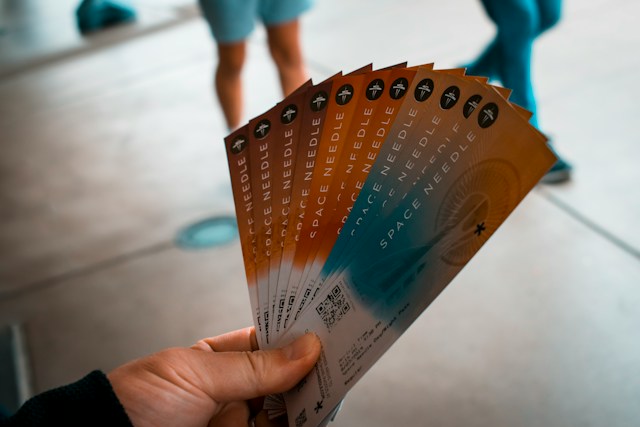
You can choose a pass that fits your itinerary best. Remember to keep your ticket or pass with you at all times on your journey. Now, you’re all set to hop onto the Paris Metro and start your adventure!
Tips for Cost-Effective Travel on the Paris Metro
Traveling in Paris doesn’t have to break the bank if you plan smart and use the Paris Metro effectively.
One way to save money is to buy your tickets in bulk. As we touched upon earlier, the ‘t+’ tickets, valid for any travel within Paris, can be bought in a ‘carnet’ of ten, providing a minor discount.
This is especially useful if you’re going to be hopping on and off at numerous metro stops during your stay.
Furthermore, consider investing in a pass if you’re planning an extensive use of the Metro.
The Paris Visite travel pass offers unlimited travel within certain zones for a specific number of days and could turn out to be quite economical.
Do your homework and choose the pass that best fits your needs. And don’t forget, always keep your ticket or pass handy during your journey you’re all set to explore the captivating city of Paris using its efficient Metro system!
Tips for Efficient Travel
Time-saving strategies for navigating the metro
Traveling efficiently through the Paris Metro involves a mix of careful planning and smart on-the-go decisions.
Before you head out, plan your route using a Metro map or a digital app. Stations and line colors are marked, and you can also see which stations are interchange points.
Organizing your day around a few key metro lines can help you avoid unnecessary transfers and save time.
Being aware of rush hours is another time-saving strategy. The Metro, like any other public transportation system, gets crowded during peak hours (usually 8-9 AM and 5-6 PM).
If you can, try to travel outside of these hours for a more comfortable and swift journey. Also, note that trains run more frequently during peak hours, and the frequency dips during off-peak times.
So, if you’re traveling off-peak, you might need to factor in some extra waiting time at the stations. With these strategies in mind, you can navigate the Paris Metro like a pro!
Avoiding Peak Hours and Optimizing Travel Routes
Paris Metro can feel like a breeze, even with kids in tow, as long as you follow some family-friendly travel tips.
One helpful hint is to avoid the peak hours. Much like in any city, the Metro gets congested during the morning (8-9 AM) and evening (5-6 PM) rush hours.
If you can manage to steer clear of these busy periods, your journey will be far more comfortable and enjoyable. This is particularly important if you’re traveling with children, as the spaciousness and calm during off-peak hours provide a more relaxed atmosphere.
Another way to optimize your exploration of Paris is by smart route selection. You can do this by planning your day around key Metro lines.
Instead of crisscrossing all over the city, try to organize your sightseeing based on the sights accessible from a single line or two adjacent ones.
This way, you avoid wasting time on unnecessary line changes and transfers.
For example, if you’re focusing on sites near Line 1, you can visit the Louvre, Notre Dame, and the Champs Elysées without switching trains.
Don’t worry about getting lost; maps at every station will help guide you. Enjoy your family-friendly journey on the Paris Metro!

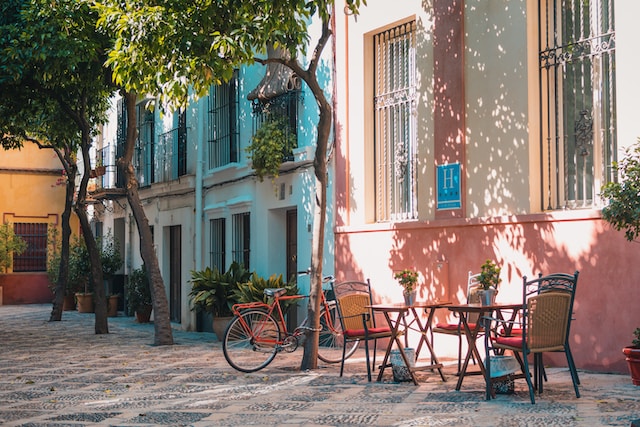
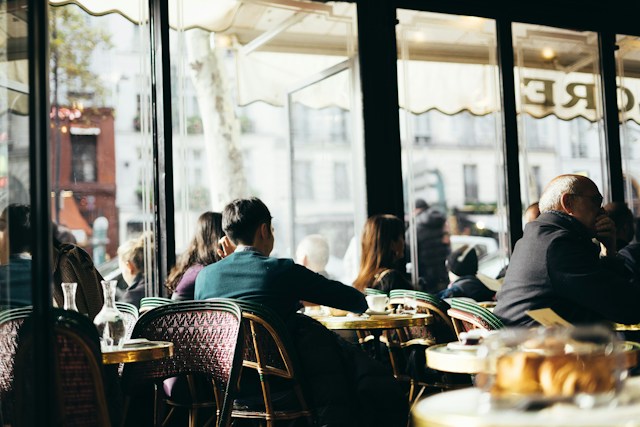

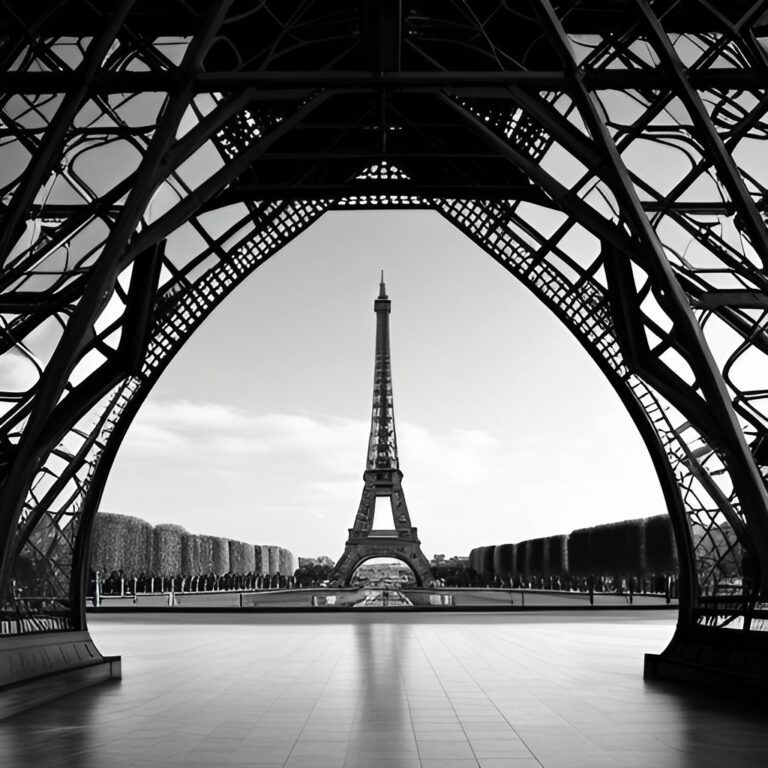
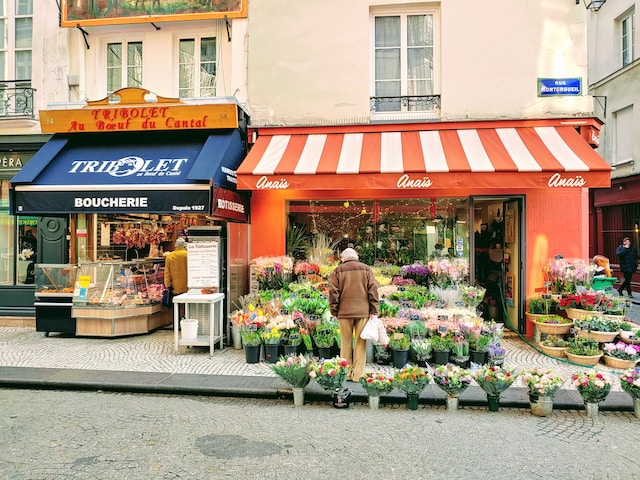
![Best Places to Live in Italy [2023 Guide]](https://travelguidescenter.com/wp-content/uploads/2023/05/la-so-vk4vjTNVrTg-unsplash.jpg)